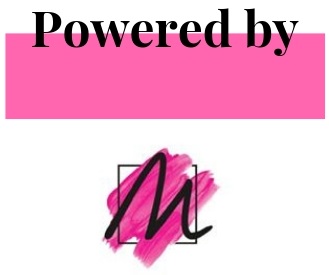In 1972, Kathleen Woodiwiss published “The Flame and the Flower,” and the modern romance genre was born.
It was based on a simple concept: the adventure novel, with a heroine at the center of the story.
Just as her male counterparts did in thrillers and westerns, the romance heroine broke out of her existing world, fought her own battles, and won the day – her hero (and love) at her side.
Even as the genre has expanded to include male writers, male readers and male-male romances, the lion’s share of romance novels continue to tell this story of the heroine’s triumph.
1. Amanda Quick: “The Girl Who Knew Too Much”
This month, Amanda Quick offers up a classic down-on-her-luck heroine who is easy to root for.
Set in the 1930s, “The Girl Who Knew Too Much” (Berkley) begins in New York City with personal assistant Anna Harris discovering a single, final instruction from her murdered boss: “Run.”
She does so, as far as she can, to Los Angeles, where she reinvents herself as Irene Glasson, a gossip columnist. There she quickly finds herself embroiled in a second murder, which might be connected to the first.
She also meets Oliver Ward, a reclusive ex-magician-turned-hotelier. The pair quickly become a kind of Hepburn-and-Tracy as they work together – and sometimes at odds – to solve the mystery.
Quick is often named as one of the inventors of the romantic mystery, and she writes the genre effortlessly – the love story and the mystery are beautifully intertwined here, with Anna and Oliver’s romance developing in a slow burn even as they get closer and closer to saving the day, and themselves.
2. Julie James: “The Thing About Love”
Contemporary romance novelist Julie James writes delicious books about good people who struggle with their personal lives even as they excel at their very difficult jobs.
In “The Thing About Love” (Berkley), FBI agent Jessica Harlow is starting over, returning to Chicago newly divorced and ready to throw herself into work and prove herself to her new co-workers in a male-dominated profession.
Jessica is paired with her Quantico nemesis, John Shepherd, on an undercover sting operation that requires them to fake a romance at a beautiful beachside resort.
For his part, John is angling for a spot on an elite FBI task force, a job that does not mix with falling in love. Fate has different plans, of course.
What results is a strikingly honest look at two workaholics falling in love.
Their mutual desire for professional achievement is a significant driver for mutual desire of a different kind, even as it threatens the ultimate success of their relationship.
3. Lisa Berne: “You May Kiss the Bride”
Lisa Berne’s “You May Kiss the Bride” (Avon) will delight Regency romance readers on the hunt for a new voice in the genre.
The heroine, Livia Stuart, is an orphaned gentleman’s daughter with an unfortunate lack of funds and no interest in social climbing.
RELATED ARTICLE: Why you need to reignite your affair with coffee
Nevertheless, she cannot escape society or the condescension of myriad status-seekers who think to elevate themselves by insulting her.
She is not angling for a husband, and certainly not the superior arrogance of Gabriel Penhollow, a landed gentleman on the hunt for a proper English wife (if you’re thinking Mr. Darcy, you’re in the right neighborhood).
But when Gabriel and Livia are caught kissing in a dark garden, betrothal is the only acceptable solution. What comes next is a delicious enemies-to-lovers romance; Gabriel thinks Livia should be thrilled to marry him, and is shocked to his core at her vehement opposition to the union.
Berne’s debut is a lingering homage to the heyday of the Regency historical romance – a lovingly crafted story of opposites forced together by society’s censure, quirky side-characters and stolen kisses.
MacLean reviews romance novels monthly for The Washington Post. Her most recent book is “A Scot in the Dark.”





